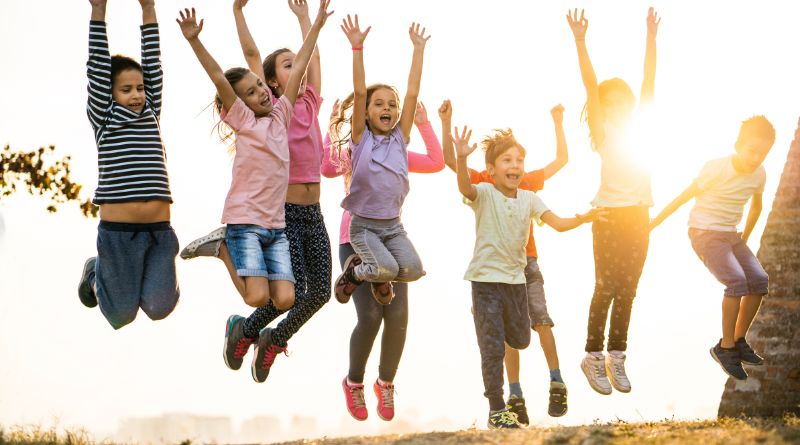Whether your child is a new rider or you are just starting to introduce them to the sport, there are some things you should know before letting your child jump on a horse jump. These include the jump height, stride length, and rider position. You should also be aware of the safety features of kid’s horse jumps.
Length of stride
When planning to teach your child how to ride a horse, one crucial factor is the length of the stride. This measurement can determine a particular jump’s appropriate take-off and landing distance. A horse’s stride is typically about four feet and can be calculated using a vertical, an oxer, or a measuring tape. For example, if your child wants to jump a three-foot fence, she should take two significant steps at the base of the jump.
The stride length varies from horse to horse, and each has its unique stride. A horse that is too short or long can lead to flat jumps. The stride can be extended if the ground is springy or the leap is downhill. A jump closer to the barn or home may be needed to increase the length of the horse’s stride.
Position of rider
The rider’s position on a kid’s horse jumps is crucial to a successful jump. This will enable the child to stay over the horse’s center of gravity and develop an independent seat. In addition, the inside leg should be extended to soften the horse’s body. A good rhythm is also critical for jumping.
Riders should learn the two-point position while practicing over small jumps. This will help the rider feel confident and less nervous when jumping. The rider’s weight and body positioning should be evenly distributed so that the rider stays forward. The rider should also maintain light contact with the mouth of the horse.
Height of jump
The height of a kid’s horse jumps varies depending on the rider’s skill level. Therefore, it is not advisable to set the size of jumps too high at the beginning. Instead, focus on the ability to ride the horse and stay out of the way of the horse. Then, once you feel that you are ready for the higher jumps, you can gradually increase the height of your jumps.
To start jumping, you must warm up your horse. Then, depending on the discipline, you can choose a jump height between 2 and 3 feet. In addition to the peak, you should also remember that the rider’s weight will determine how high a jump is.
Safety of kids’ horse jumps.
While show jumping can be entertaining, it can also be perilous. A jump can cause severe injury or even death if you fall on it. A few things to consider before allowing your child to jump on one are the ground surface, the type of jump, and the height of the back pole.
Kids’ horse jumps are generally safe as long as they are installed by a licensed professional. These professionals typically have experience jumping with live horses. One hobby horse high-jumping competition featured a jump of 1.41 meters over a bar, which drew over 2,500 spectators! Hobby horse jumps are a great way to introduce kids to rodeo.
Safety of showjumping courses
Creating and maintaining a safe environment for kids’ showjumping courses is crucial. While there is no single safe jumping course, you can do a few things to make the sport safer for kids. One thing is to use the correct equipment. Kids should wear English jumping saddles, which are light and distribute the rider’s weight evenly. These saddles also can be secured to the midriff of the horse.
One of the first steps in creating a safe showjumping course for kids is ensuring the obstacles are well-designed. A good showjumping course will contain a variety of obstacles, including water and shapes. These obstacles are designed to test the rider’s skills, and they must give way easily.

